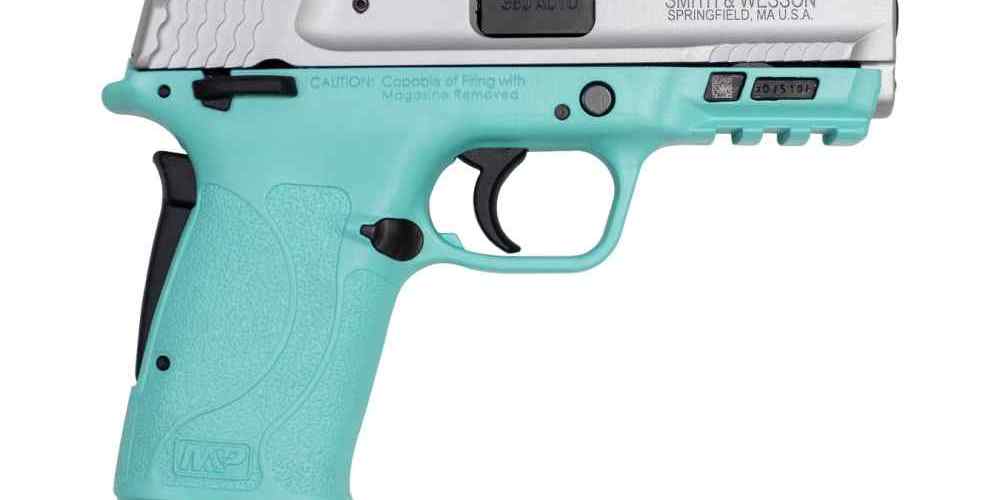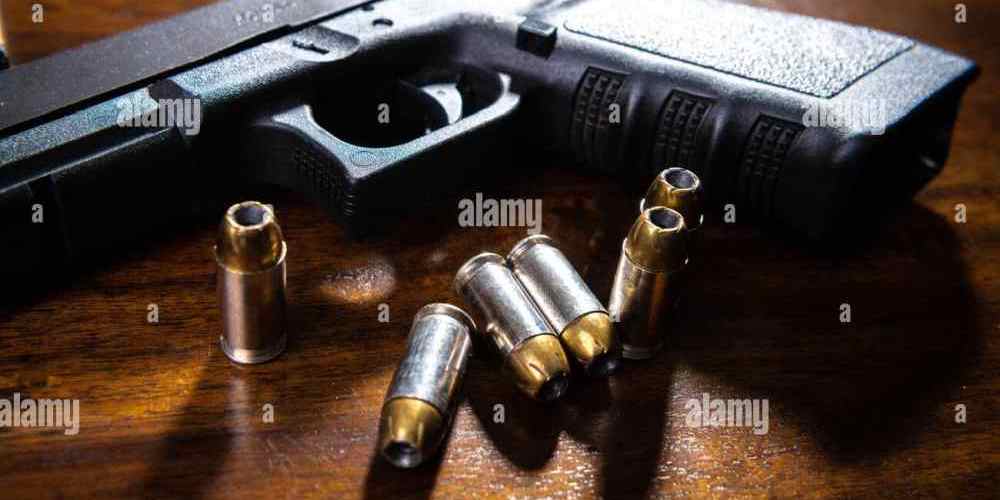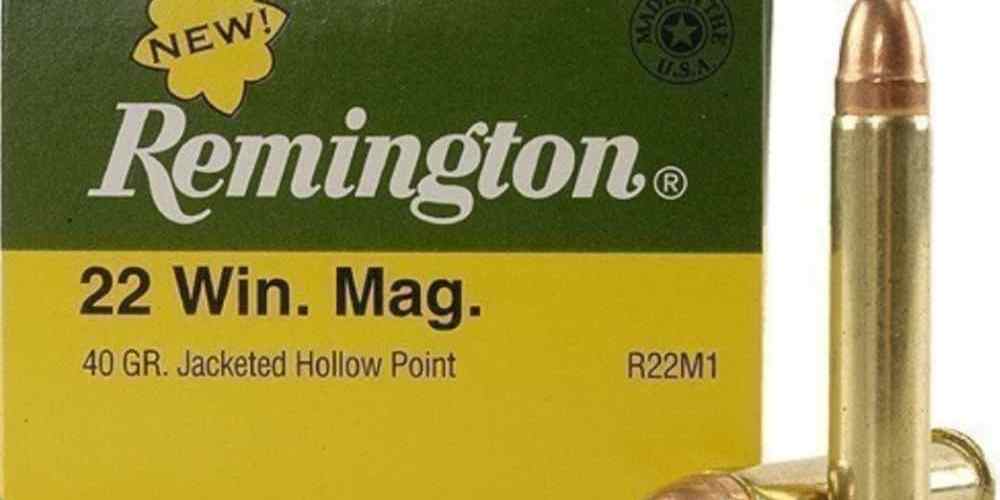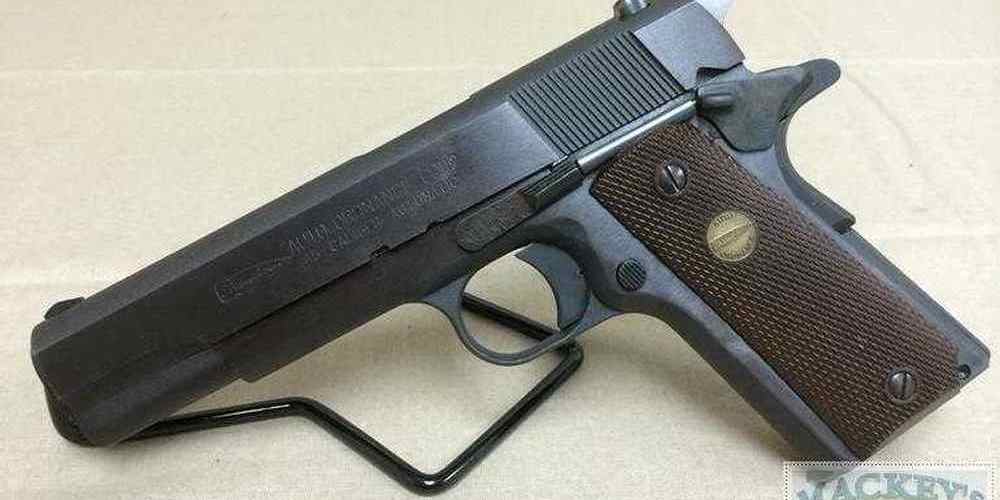Choose wisely, protect the planet – the environmental impact of semi-auto ammunition choices.
Recycling Options for Semi-Auto Ammunition Casings
When it comes to shooting sports and hunting, semi-automatic firearms are a popular choice for many enthusiasts. These firearms are known for their rapid-fire capabilities, making them a favorite among those who enjoy target shooting or hunting game. However, one aspect of using semi-automatic firearms that is often overlooked is the environmental impact of the ammunition choices made by shooters.
One of the most significant environmental impacts of using semi-automatic firearms is the disposal of spent ammunition casings. Unlike traditional firearms that use single-shot or bolt-action mechanisms, semi-automatic firearms eject spent casings after each shot. This means that shooters using semi-automatic firearms generate a larger volume of spent casings compared to those using traditional firearms.
The disposal of spent ammunition casings can pose a significant environmental challenge if not handled properly. Many shooters simply discard their spent casings in the trash, where they end up in landfills and contribute to environmental pollution. This is a wasteful practice that can be easily avoided by recycling spent ammunition casings.
Recycling spent ammunition casings is a simple and effective way to reduce the environmental impact of using semi-automatic firearms. By recycling spent casings, shooters can help conserve valuable resources and reduce the amount of waste that ends up in landfills. Additionally, recycling spent casings can help reduce the demand for new raw materials, further benefiting the environment.
There are several options available for recycling spent ammunition casings. One option is to take spent casings to a local recycling center that accepts metal materials. Many recycling centers will accept spent casings made of brass, aluminum, or steel, which are commonly used in ammunition manufacturing. By taking spent casings to a recycling center, shooters can ensure that the materials are properly recycled and reused.
Another option for recycling spent ammunition casings is to participate in ammunition buyback programs. Some shooting ranges and gun shops offer buyback programs where shooters can exchange their spent casings for store credit or cash. These programs not only provide shooters with an incentive to recycle their spent casings but also help promote environmental sustainability within the shooting community.
In addition to recycling spent casings, shooters can also consider using environmentally friendly ammunition options. Some manufacturers offer biodegradable or non-toxic ammunition that is designed to break down naturally in the environment. By choosing these eco-friendly ammunition options, shooters can further reduce their environmental impact and help protect the natural world.
Overall, the environmental impact of using semi-automatic firearms can be mitigated by making conscious choices about ammunition disposal and usage. By recycling spent casings, participating in buyback programs, and choosing eco-friendly ammunition options, shooters can help reduce waste, conserve resources, and promote environmental sustainability within the shooting community. Making small changes in ammunition choices can have a big impact on the environment, so let’s all do our part to shoot responsibly and protect the planet.
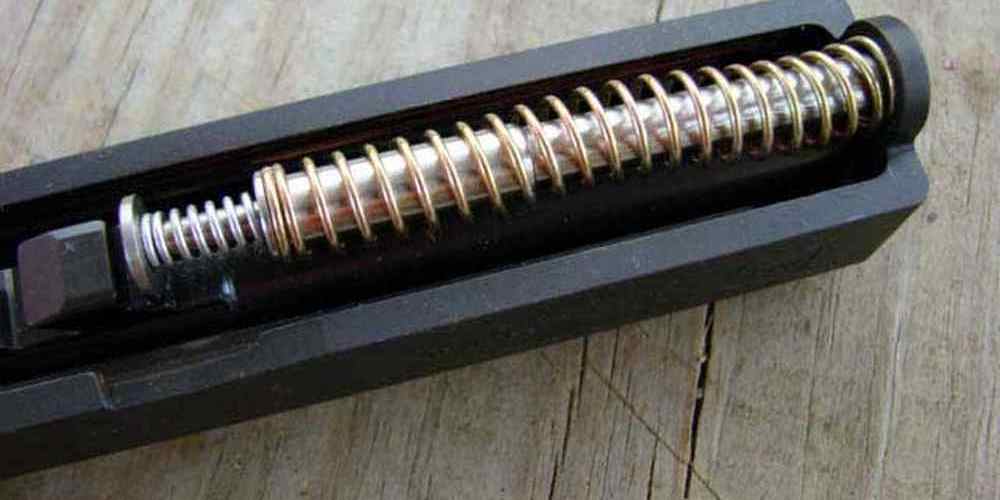
Comparing the Environmental Impact of Brass vs Steel Ammunition
When it comes to choosing ammunition for your semi-automatic firearm, there are a variety of factors to consider. One important consideration is the environmental impact of the ammunition you choose. In this article, we will compare the environmental impact of brass vs steel ammunition to help you make an informed decision.
Brass ammunition is a popular choice among shooters due to its reliability and performance. However, brass is a non-renewable resource that must be mined from the earth. The mining and extraction of brass can have a significant impact on the environment, including habitat destruction, water pollution, and greenhouse gas emissions. Additionally, the manufacturing process for brass ammunition requires a significant amount of energy, further contributing to its environmental impact.
On the other hand, steel ammunition is often seen as a more environmentally friendly alternative to brass. Steel is a highly recyclable material, meaning that steel casings can be melted down and reused multiple times. This reduces the demand for new steel production and helps to conserve natural resources. Additionally, the manufacturing process for steel ammunition typically requires less energy than brass, further reducing its environmental impact.
In terms of performance, brass ammunition is often preferred for its reliability and consistency. Brass casings are known for their durability and resistance to corrosion, making them a popular choice for shooters who prioritize performance. However, steel ammunition has come a long way in recent years and now offers comparable performance to brass. Many shooters find that steel ammunition is just as reliable and accurate as brass, making it a viable alternative for those looking to reduce their environmental impact.
One potential downside of steel ammunition is that it can be harder on your firearm. Steel is a harder material than brass, which can cause increased wear and tear on your gun over time. Some shooters also report that steel casings are more prone to jamming or misfires compared to brass. However, with proper maintenance and care, these issues can be minimized, making steel ammunition a viable option for many shooters.
In terms of cost, steel ammunition is often more affordable than brass. This can be a significant factor for shooters who go through large quantities of ammunition on a regular basis. By choosing steel ammunition, shooters can save money while also reducing their environmental impact. Additionally, the lower cost of steel ammunition can make shooting more accessible to a wider range of individuals, helping to promote the sport and community.
In conclusion, when it comes to choosing ammunition for your semi-automatic firearm, it’s important to consider the environmental impact of your choices. While brass ammunition is known for its performance and reliability, steel ammunition offers a more environmentally friendly alternative. By opting for steel ammunition, shooters can help reduce their carbon footprint and conserve natural resources. With advancements in steel ammunition technology, shooters can enjoy comparable performance to brass at a lower cost. Ultimately, the choice between brass and steel ammunition comes down to personal preference and priorities. By weighing the environmental impact of your ammunition choices, you can make a more informed decision that aligns with your values and goals.
The Importance of Proper Disposal of Lead Contaminated Ammunition
When it comes to shooting sports and hunting, choosing the right ammunition is crucial not only for performance but also for the environment. One of the most common types of ammunition used in these activities is semi-auto ammunition, which can have a significant impact on the environment if not disposed of properly.
Semi-auto ammunition typically contains lead, a toxic metal that can have harmful effects on wildlife and the environment if not handled correctly. When these bullets are fired, they can release lead particles into the air and soil, contaminating the surrounding area. This can pose a serious threat to wildlife that may ingest the lead particles, leading to poisoning and even death.
Proper disposal of lead-contaminated ammunition is essential to prevent these harmful effects. One of the best ways to dispose of this type of ammunition is to take it to a hazardous waste disposal facility. These facilities are equipped to handle toxic materials like lead and can ensure that it is disposed of safely and responsibly.
Another option for disposing of lead-contaminated ammunition is to recycle it. There are companies that specialize in recycling spent ammunition, extracting the lead and other materials for reuse. This not only helps to reduce the environmental impact of the ammunition but also conserves valuable resources.
It is important for shooters and hunters to be aware of the environmental impact of their ammunition choices and take steps to minimize their impact. By choosing lead-free or low-lead ammunition, shooters can help reduce the amount of toxic material released into the environment. Additionally, proper disposal of spent ammunition is essential to prevent contamination of the soil and water.
In addition to the environmental impact of lead-contaminated ammunition, there are also health risks associated with exposure to lead. Lead poisoning can have serious health effects, including neurological damage, developmental delays, and even death. By properly disposing of lead-contaminated ammunition, shooters can help protect themselves and others from these harmful effects.
In conclusion, the environmental impact of semi-auto ammunition choices is significant, especially when it comes to lead-contaminated ammunition. Proper disposal of spent ammunition is essential to prevent contamination of the environment and protect wildlife from harm. By choosing lead-free or low-lead ammunition and recycling spent ammunition, shooters can help reduce their impact on the environment and promote a more sustainable approach to shooting sports and hunting. It is important for shooters to be aware of the environmental and health risks associated with lead-contaminated ammunition and take steps to minimize their impact.
How Semi-Auto Ammunition Choices Affect Wildlife and Ecosystems
When it comes to choosing ammunition for semi-automatic firearms, many shooters focus on factors like accuracy, reliability, and cost. However, it’s also important to consider the environmental impact of the ammunition you use. The choices you make can have a significant effect on wildlife and ecosystems, so it’s worth taking the time to make an informed decision.
One of the key factors to consider when choosing ammunition for a semi-automatic firearm is the type of projectile it uses. Traditional lead bullets have long been a popular choice, but they can have serious environmental consequences. When lead bullets are fired, they can fragment into tiny pieces that can contaminate soil and water sources. This can be particularly harmful to wildlife, as animals can ingest the lead fragments and suffer from lead poisoning.
To mitigate these risks, many shooters are turning to non-lead alternatives like copper bullets. Copper bullets are just as effective as lead bullets in terms of accuracy and stopping power, but they don’t pose the same environmental risks. When a copper bullet is fired, it retains its shape and doesn’t fragment into tiny pieces like lead bullets do. This means that there is less risk of contaminating the environment with toxic lead.
Another important consideration when choosing ammunition for a semi-automatic firearm is the type of propellant it uses. Some types of propellant contain chemicals that can be harmful to the environment, particularly if they are released into the air or water. By choosing ammunition that uses cleaner-burning propellants, you can help reduce your impact on the environment.
In addition to considering the environmental impact of the ammunition itself, it’s also important to think about how you dispose of spent casings. Brass casings are a popular choice for semi-automatic firearms, as they are durable and can be reloaded multiple times. However, if they are not properly disposed of, they can contribute to litter and pollution. By recycling your spent casings or disposing of them properly, you can help reduce your impact on the environment.
Overall, the choices you make when selecting ammunition for a semi-automatic firearm can have a significant impact on wildlife and ecosystems. By choosing non-lead projectiles, cleaner-burning propellants, and properly disposing of spent casings, you can help minimize your environmental footprint. It’s important to consider not only the performance of the ammunition, but also its environmental impact when making your decision. By making informed choices, you can enjoy your shooting sports while also protecting the environment for future generations.
Sustainable Alternatives to Traditional Semi-Auto Ammunition Choices
When it comes to choosing ammunition for semi-automatic firearms, many shooters may not consider the environmental impact of their choices. However, the type of ammunition used can have a significant effect on the environment, particularly in terms of lead contamination and carbon emissions. In recent years, there has been a growing interest in sustainable alternatives to traditional semi-auto ammunition choices, which offer a more eco-friendly option for shooters.
One of the main environmental concerns associated with traditional ammunition is the use of lead. Lead is a toxic metal that can have serious health effects on both humans and wildlife. When lead bullets are fired, they can fragment into tiny particles that can contaminate soil and water sources. This can pose a risk to wildlife that may ingest the lead particles, as well as to humans who consume game meat harvested with lead ammunition.
To address this issue, many shooters are turning to lead-free alternatives for their semi-auto firearms. Copper bullets, for example, are a popular choice for those looking to reduce their environmental impact. Copper is a non-toxic metal that does not pose the same risks as lead, making it a safer option for both shooters and the environment. Additionally, copper bullets are known for their superior penetration and expansion, making them an effective choice for hunting and target shooting.
Another environmental concern associated with traditional ammunition is the carbon emissions produced during the manufacturing process. The production of ammunition requires significant energy and resources, which can contribute to greenhouse gas emissions and climate change. By choosing sustainable alternatives, shooters can help reduce their carbon footprint and minimize their impact on the environment.
One option for reducing carbon emissions is to choose ammunition made from recycled materials. Recycled brass casings, for example, are a sustainable alternative to traditional brass casings that are made from virgin materials. By using recycled brass, shooters can help conserve natural resources and reduce the energy required to produce new casings. Additionally, some manufacturers offer biodegradable or compostable casings, which further reduce the environmental impact of ammunition production.
In addition to lead-free and recycled options, shooters can also choose ammunition that is designed to minimize environmental impact. Frangible bullets, for example, are designed to break apart upon impact, reducing the risk of ricochets and minimizing damage to the environment. These bullets are often made from non-toxic materials such as copper or tin, making them a safe and eco-friendly choice for shooters.
Overall, there are a variety of sustainable alternatives to traditional semi-auto ammunition choices that can help reduce the environmental impact of shooting sports. By choosing lead-free, recycled, or environmentally-friendly ammunition, shooters can help protect wildlife, conserve natural resources, and reduce their carbon footprint. Making informed choices about ammunition can make a big difference in preserving the environment for future generations.




